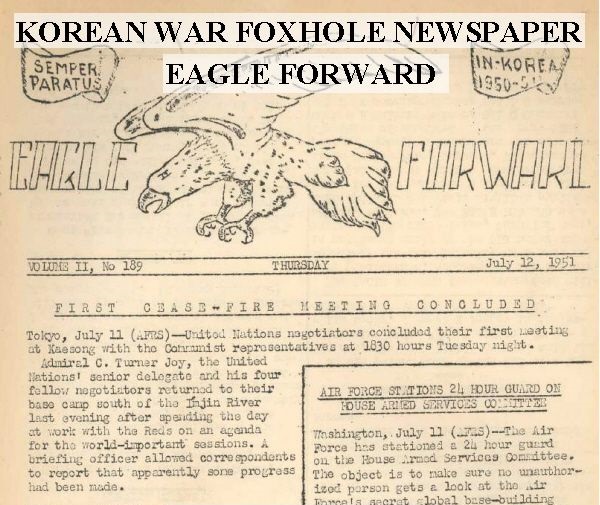
Description
Eagle Forward: The 24th Infantry in Korea
Timeline of Main Events:
- November 1, 1869: The 24th Infantry Regiment is established as one of the original Buffalo Soldier regiments.
- September 14, 1950: Publication of the first issue (under the name “Eagle’s Flight”) of the Eagle Forward newspaper by the Public Information Office of the 24th Infantry Regiment in Korea. This initiative is started soon after Colonel John T. Corley takes command of the regiment.
- September – October 1950: Eagle Forward reports on the X Corps amphibious assault at the port city of Inchon.
- October 1950 (implied): Eagle Forward reports on activities in the days after X Corps liberated Seoul.
- September 1950 – October 1951: Eagle Forward is published weekly (implied), providing Korean War developments, world news, company-specific news, stories of 24th Infantry heroism, decorations, and other content to troops on the front lines. The newspaper is created under challenging conditions using typewriters and mimeograph machines.
- Summer 1951: The Eighth Army mounts a series of successful and costly attacks to pressure the communists and secure better defensive terrain. Eagle Forward likely reports on this activity.
- Mid-1951 (implied): Eagle Forward reports on activity at the negotiation table for a Korean armistice and the ongoing fighting at the front lines. By this time, both the United States and the People’s Republic of China recognize the high cost of uniting Korea by force. Armistice negotiations have begun.
- October 1, 1951: The segregated 24th Infantry Regiment is dissolved, and the final issue of Eagle Forward is published. The Korean War remains unresolved at this point, with armistice negotiations ongoing.
Cast of Characters:
- Col. John T. Corley: A decorated Army officer (13 medals for heroism) who took command of the 24th Infantry Regiment (composed of black enlisted men and mostly white officers) in Korea. He initiated the creation of the Eagle Forward newspaper for the troops in the field. The newspaper is described as reflecting his “crisply breezy” and “cheerful, tough-minded” personality. He was from Brooklyn and ensured the exploits of the Brooklyn Dodgers were covered in the paper.
- Hal Boyle: A correspondent for the Associated Press (AP) who covered the Korean War from Korea. He provided insights into the limited knowledge of frontline soldiers about the broader war situation and described the Eagle Forward newspaper.
Korean War Foxhole Newspaper: Eagle Forward
696 pages of the Eagle Forward newspaper, published by the Public Information Office, 24th Infantry Regiment, Korea, during the Korean War from September 14th, 1950 to October 1st, 1951.
Hal Boyle, who covered the Korean War from Korea for the Associated Press (AP), wrote that “in wartime the men at the front, those who do the most fighting, usually know the least about what is going on.”
Soon after Brooklyn’s Col. John T. Corley took over command of the Negro 24th Regiment, composed of black enlisted men and mostly white officers, he began work on a newspaper for troops in the field. At the time Corley was one of the Army’s most decorated officers having received 13 medals for heroism. The African-American 24th Infantry was one of the last segregated regiments in the U.S. Army. An original Buffalo Soldier regiment, the 24th Infantry was established on November 1, 1869.
Corley created the Eagle Forward (the first issue was called the Eagle’s Flight). This two page newspaper was created on typewriters and reproduced on mimeograph machines. The run of each issue was 600 copies. The copies were distributed to troops at the frontlines, and then passed from “foxhole to foxhole.”
As a newspaper being published on the front lines of the Korean War, Eagle Forward often had to be produced under harsh conditions. At night the work on the newspaper was often done by gaslight, candlelight, or flashlight. The mimeograph machine would sometimes be put to use in bombed-out buildings, abandoned factories, open fields, tents or in creek beds. It was sometimes necessary to melt frozen ink on a stove top to print that day’s edition.
Hal Boyle described the newspaper, “as crisply breezy as Corley himself, a cheerful, tough-minded young officer.” The first page of each issue contained Korean War developments and world news. The second page contained company specific news, facts about 24th Infantry heroism and decorations, occasionally a cartoon, jokes, prayers, and American history trivia. The Brooklyn native also made certain that the exploits of the Brooklyn Dodgers received some coverage.
On October 1, 1951, the segregated 24th Infantry Regiment was dissolved and the last issue of Eagle Forward was published.
Eagle Forward reports on X Corps amphibious assault at the port city of Inchon.

Eagle Forward reports on activities in the days after X Corps liberated Seoul

Eagle Forward reports on activity at the negotiation table and the front lines. By this point in the Korean War both the United States and the People’s Republic of China had concluded that to unite Korea under the fraction each was allied with, would come at a heavy cost.
Armistice negotiations began that would result in a continuation of a Korea divided between the Republic of Korea (South Korea) and the Democratic People’s Republic of Korea (North Korea). Durring the summer of 1951, the Eighth Army mounted a series of successful and costly attacks to pressure the communists and to seize better terrain for defensive lines.

Related products
-
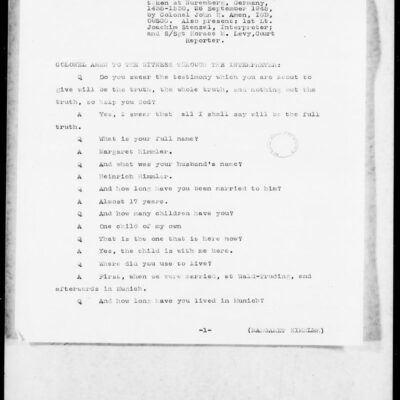
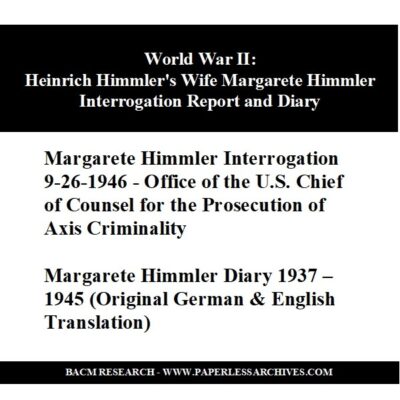
World War II: Interrogation Report and Diary of Margarete Himmler, Wife of Heinrich Himmler
$3.94 Add to Cart -
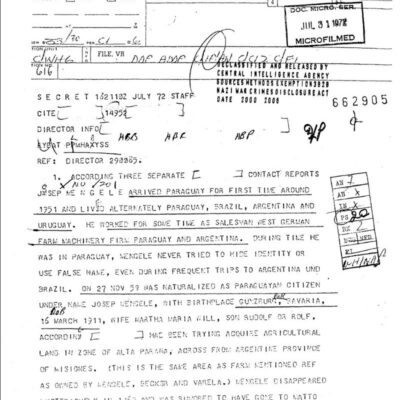
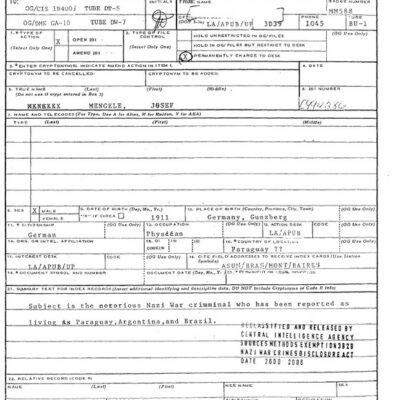
Josef Mengele CIA Files
$19.50 Add to Cart -

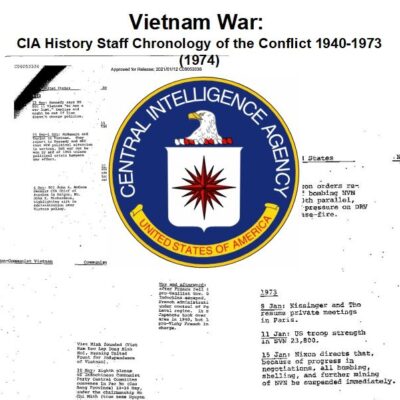
Vietnam War: CIA Chronology of the Conflict, 1940-1973 (1974)
$1.99 Add to Cart -
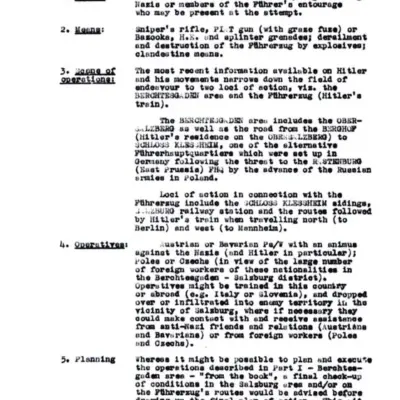
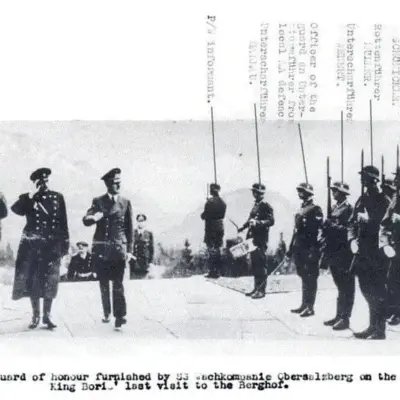
World War II: Adolf Hitler and Operation Foxley – British Assassination Plot
$19.50 Add to Cart